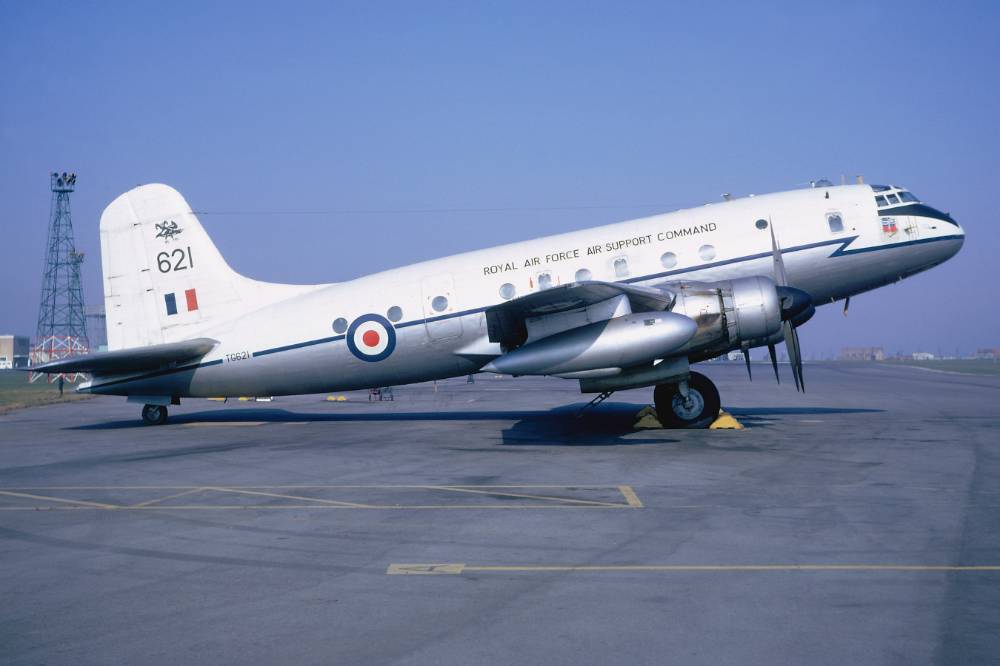
Image courtesy of Adrian M Balch
XXIV Squadron
24 squadron RFC was established at Hounslow on September 1st 1915, from a core of 17 squadrons personnel. The initial equipment was an eclectic mix of Curtiss JN3, Caudron G III, Avro 504, Be2e, Bleriot XI, Bristol Scout, Longhorn and Shorthorn.
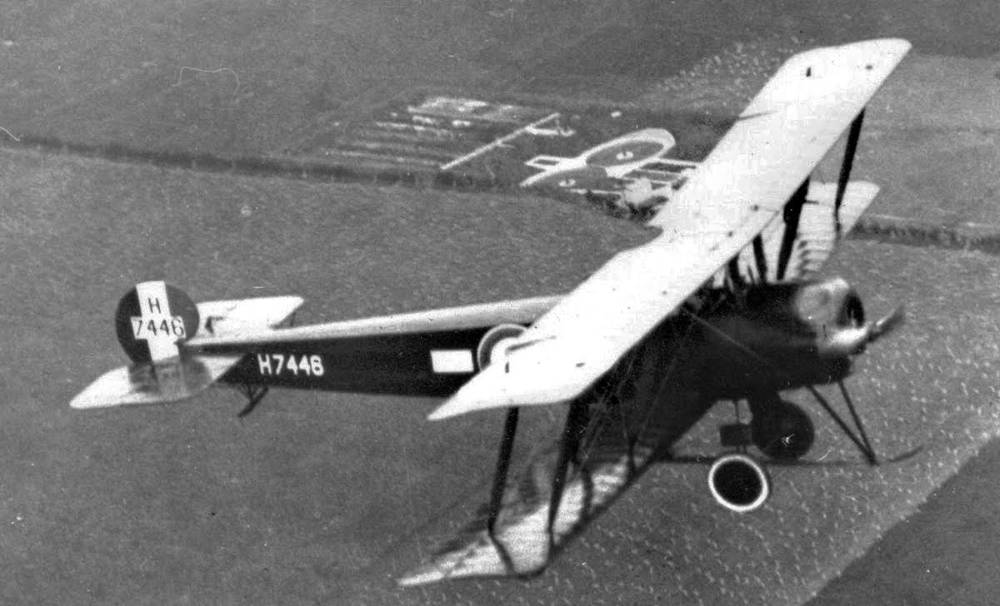
Avro 504
Crown Copyright
The squadron moved to France in February 1916 as the first DH-2 fighter squadron to reach the Western Front.The DH2s played a large part in defeating the German efforts to gain air supremacy during 1916 but rapidly became obsolete as the pace of fighter development increased.

DH-2
Crown Copyright
During the summer of 1916 the squadron also operated the Morane-Saulnier N, Bristol Scout and Fe8 briefly. In May 1917 the squadron re-equipped with DH-5s which were in turn replaced by S.E 5As For the rest of the Ist World War it flew fighter and ground attack missions in Northern France. In February 1919 it returned to the UK as a cadre, being attached to No 41 Training Depot Station at London Colney, and in September 1919 moved to RAF Uxbridge.
The squadron escaped the mass cull of cadre squadrons at the end of 1919. It was re-established on April 1st 1920 at Kenley as a communications and training squadron. It was initially equipped with Bristol F2b which were joined in July by DH9As.
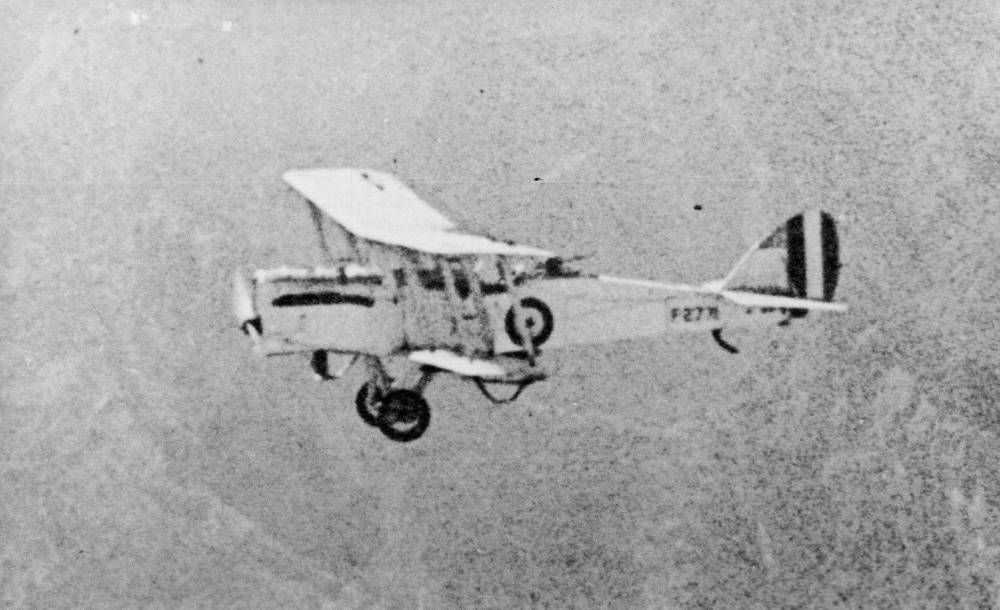
A DH.9A similar to aircraft flown by the squadron
Crown Copyright
These 2 types were to serve the squadron for the next 7 years. In addition to providing transport for Government, Air Ministry and RAF personnel, it also maintained a flight of training aircraft to enable pilots employed at the Air Ministry to maintain flying proficiency.
On 15th January 1927, the squadron moved to Northolt and again in 1933 to Hendon.which remained its base until after the end of World War II. Soon after the move to Northolt the DH9As were retired. During the following 12 years the squadron received a wide variety of aircraft of 14 types to supplement and eventually replace the F2bs, which were finally retired in July 1930. Many of these types were used in small quantities and for short periods. A list of these types is included in a footnote [1].
Until March 1935, communications flights were carried out in combat or training aircraft. However, a D.H 89A was then received for VIP flights; being supplemented by a D.H.86B in October 1937. To replace the variety of types on hand, it was planned to equip the squadron with twenty Miles Mentors, but World War II broke out before this could happen. During the early years of the war, 24 squadron received an even larger range of types, many being impressed civil aircraft. These types are detailed at the foot [2]. Many were on charge for very short periods and it is not clear the extent to which they were used operationally.
Until the German occupation of France, communications and mail flights across the Channel were frequent, but after June 1940 all but a few flights were in the UK. In April 1942, the squadron was transferred to Ferry Command and began flights to Malta with mail and passengers.
24 squadron has a special association with Malta following the 323 shuttle flights which were made during the 1942 siege. One of these delivered a casket containing the Island’s George Cross.
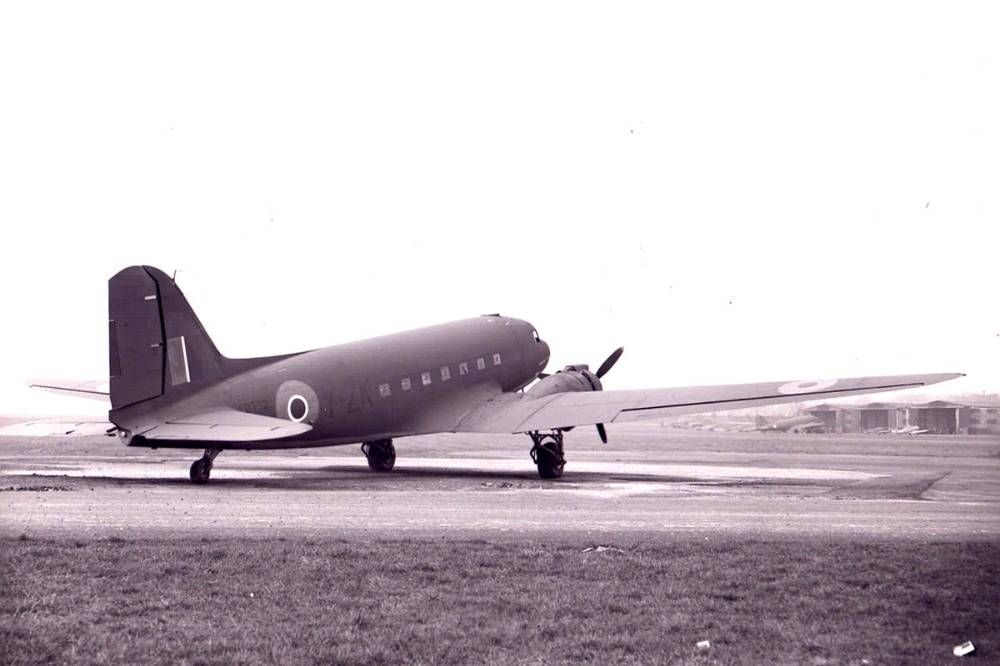
Douglas Dakota
Crown Copyright
As the Second World War continued, the Douglas Dakota took over the brunt of such work, and Winston Churchill’s personal Avro York at one time belonged to 24 squadron.The squadrons fleet and activities grew so large that in 1943, two new squadrons (510 and 512) were split off. In October 1944, the squadron largely standardised on Dakotas and Ansons.
In February 1946 its Dakotas moved to Bassingbourn where they were joined by the Yorks and Lancastrians of 1359 (VIP) Flight.
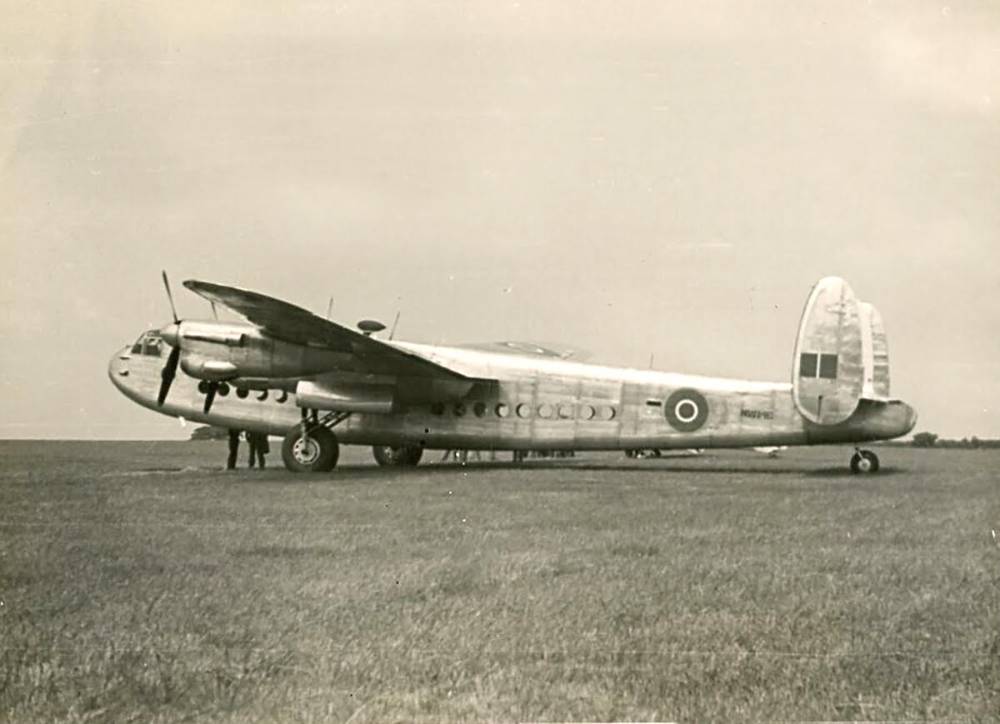
Avro York
Crown Copyright
In April 1947 the squadron was retitled 24 (Commonwealth) squadron and from May 1948 flew numerous missions in support of the Berlin Airlift. Soon after the airlift ended the squadron gave up its Lancastrians. The Handley Page Hastings began to arrive in December 1950 and equipped the squadron fully by December 1952.
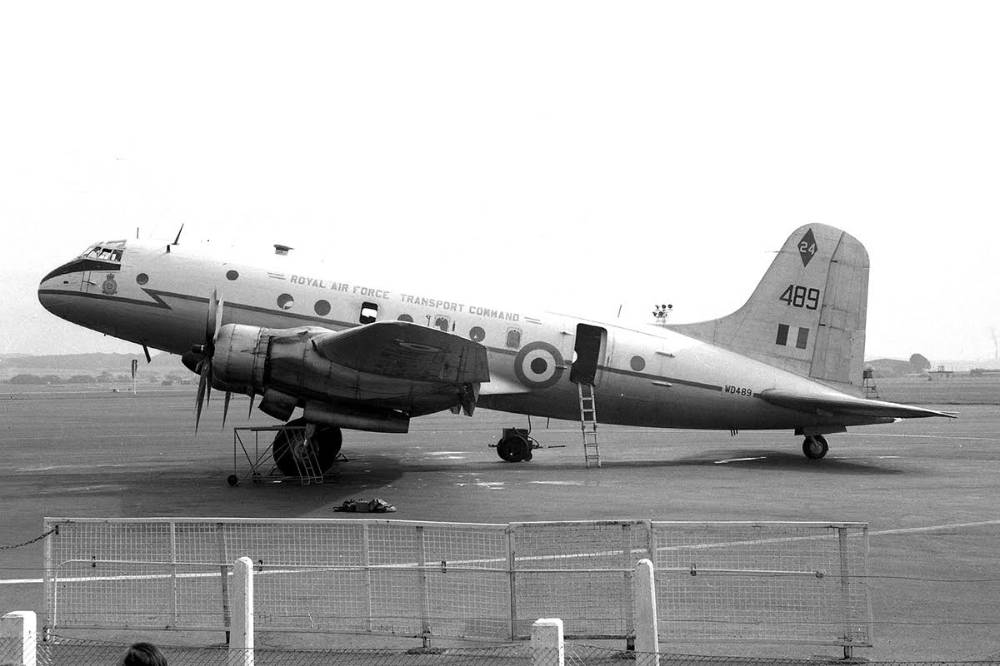
Handley Page Hastings
Via David Johnson
VIP flights continued but general transport duties increased over the years. In January 1957, No 24 squadron moved to Colerne to become part of a transport wing and continued to operate the Hastings until 1968 when conversion to the Hercules C.1 began.
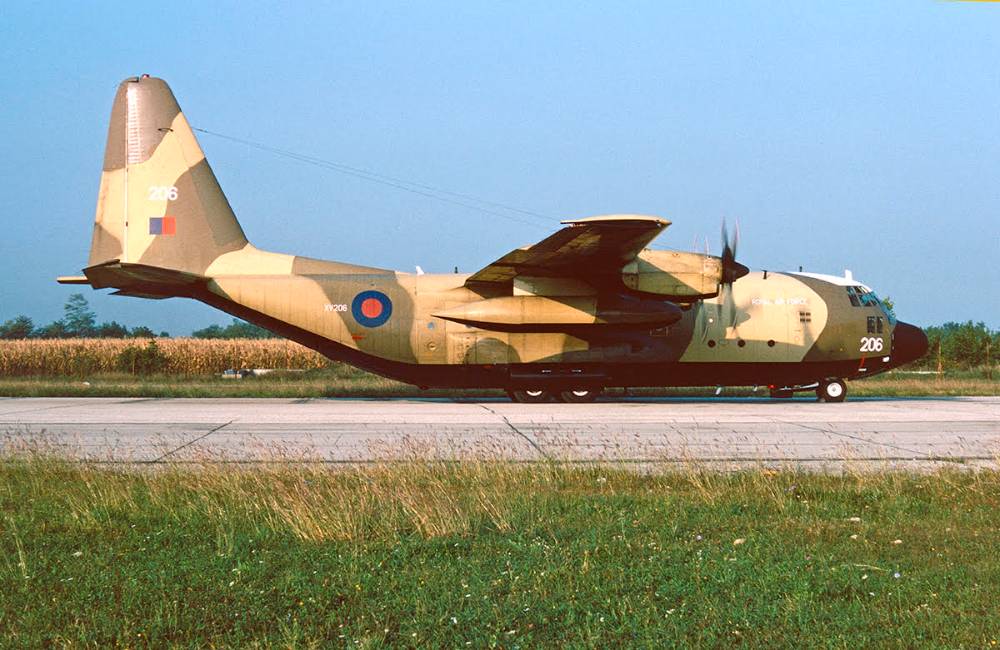
Hercules C.1
Image courtesy of Mark Young
It was the second RAF squadron to operate the new type, moving to RAF Lyneham on 9th February to join the Lyneham Transport Wing. In 2002 24 Squadron re-equipped with the new generation Hercules C.4 and C.5 (RAF designations for the C-130J-30 and C-130J respectively). It celebrated 40 years of Hercules operation in 2008 and remained at Lyneham until 2011 when the squadron relocated to RAF Brize Norton.
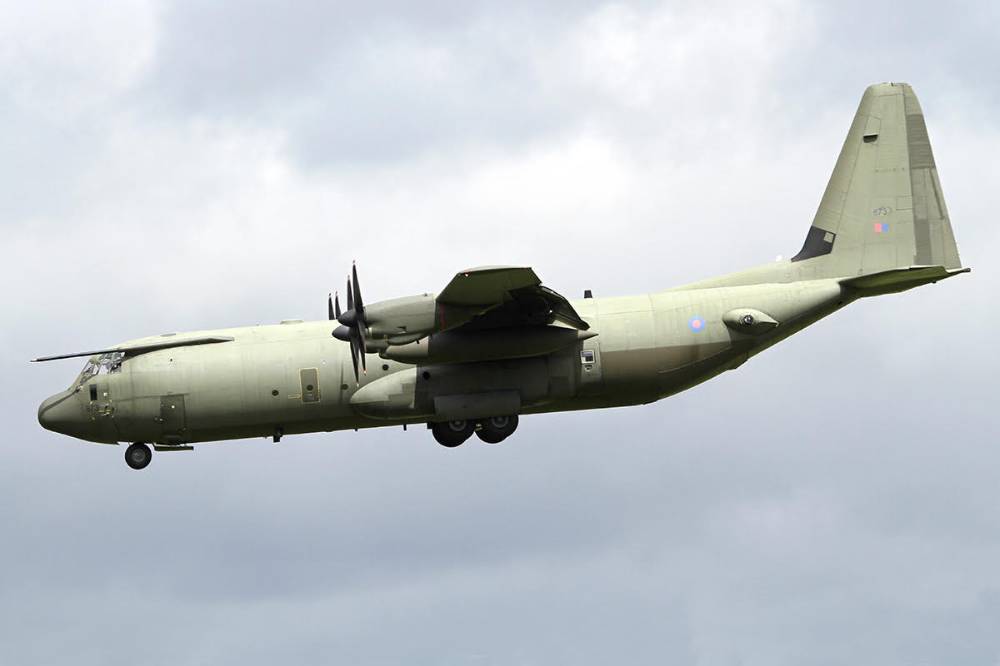
Hercules C-130J
Image courtesy of Mark Young
In 2013, 24 squadron started its transition from a front-line Hercules squadron to become the Air Mobility Operational Conversion Unit. This transition included the majority of flying and engineer training within the Air Mobility Force under one specialist training unit. In that role the squadron was responsible for the provision of training to aircrews flying the Hercules, Atlas and C-17 aircraft;

Hercules C-130J
Image courtesy of Richard Ross
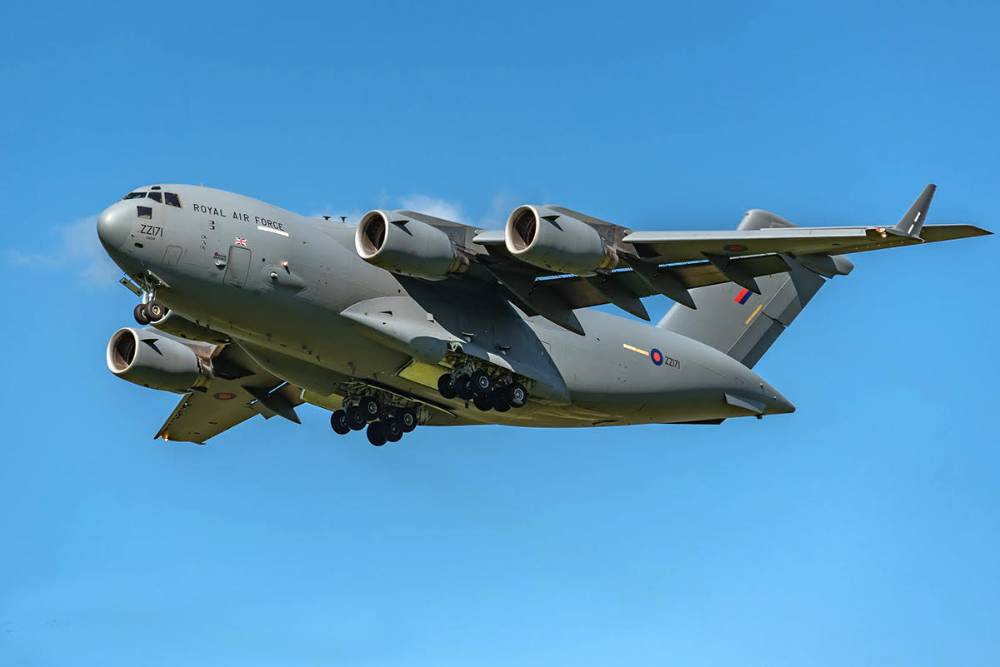
Atlas A-400
Image courtesy of Brent Maartens
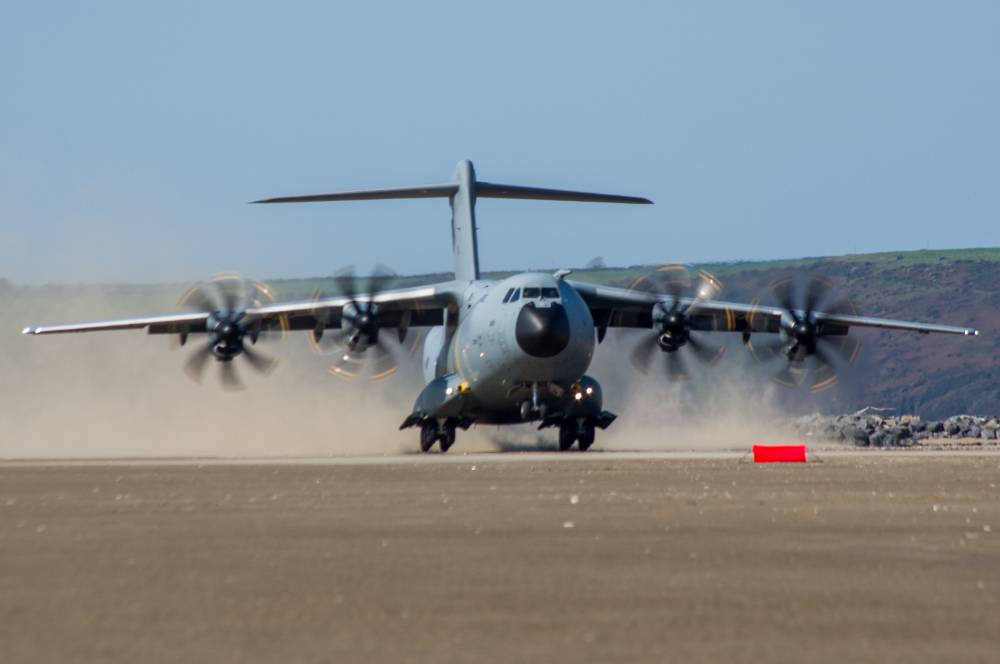
C17 Globemaster
Image courtesy of Richard Ross
In addition, 24 squadrons Maintenance Training School is responsible for training personnel to maintain the three types. The squadron also oversees Aircrew Instructor Development for the Air Mobility Force, delivering initial aircrew instructor courses. With the impending retirement of the Hercules the breadth of the squadrons task will be reduced, but its role will remain vital to the effective provision of Air Mobility.
[1] Additional types used 1927 to Sep 1939. Avro 504N, Moth, Wapiti, Fairey IIIF, Tomtit, Tutor, Hart C, Tiger Moth, Audax, Nighthawk, Magister I, Anson I, Mentor, Vega Gull.
[2] Additional types used During the Second World War. Leopard Moth, Fox Moth, Dragon, Electra, Percival Q6, Puss Moth, Flamingo, Envoy, Witney Straight, Phoenix, SM73P, DC-3 and Dakota, Anson I and X, Ensign, Hornet Moth, Oxford, Reliant, Cygnet, Botha, Beech 17, Heck III, Leopard Moth, Hudson I, II, III, IV, V, and VI, Bf108, , Fokker XXII, Wicko, Lockheed 12, Proctor, Goose, Wellington XVI, York I, Skymaster I